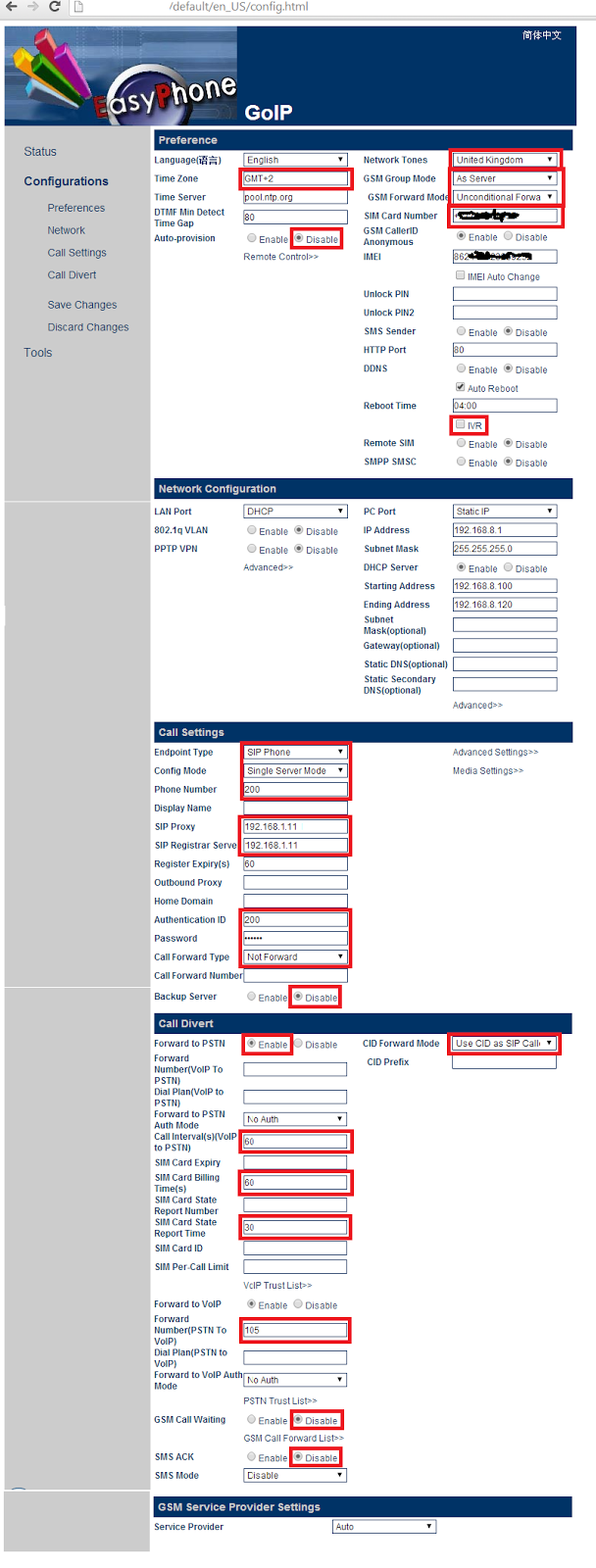I want to install CentOS 6.2 on a laptop (Thinkpad R40) which comes without CD/DVD-drive but with USB 2.0 ports. It seems that CentOS does not provide ready-to-use dd-able USB images for installation. Thus my question: How to install CentOS via a USB device (e.g.
Here’s the 5-minute drill to get your bootable USB flash drive loaded with the PIAF installer. Once you get that far, follow the PIAF install steps outlined below.
A 16 GB USB flash drive)? Regarding using different available iso-images as base: the laptop has net-access - but I want to make sure that the CentOS installer is not loading unchecked packages from the net during installation - perhaps a netinstall image does not check cryptographically signed packages during installation ().

There is a which just provides outdated, cryptic and wrong information. Especially, the instructions for CentOS 6 are missing details and contain errors (10 MB for the first partition is not enough, syslinux device fails and what are they talking about grub?). Following method works with CentOS 6.2: Requirements: USB flash drive (at least 4 GB, I used a 16 GB one) Download an ISO image from a mirror - I chose the full 1st DVD image to avoid a network install (because it is not clear if the cryptographic package signatures are checked by the installer or not), e.g.: $ wget $ md5sum CentOS-6.2-i386-bin-DVD1.iso Check the md5sum against a md5sum.txt file from another mirror (and check md5sum.txt against md5sum.txt.asc via gpg). Partition your flash drive (say it is /dev/sdb), i.e. Delete all partitions, create just one, set the boot-flag and perhaps the FS-type: # dd if=/dev/zero of=/dev/sdb bs=512 count=1 # fdisk /dev/sdb >n >p >1 (defaults) >a >1 (toggles boot flag) >t >c (filesystem type, default is 83, probably no need to change it) >w (write the new table) Create a filesystem of type VFAT: # mkfs.vfat /dev/sdb1 Fetch the Fedora-LiveCD tools: $ git clone git://git.fedorahosted.org/livecd (We need livecd/tools/livecd-iso-to-disk.sh - it also supports non-livecd ISO-images as source!) Install some packages needed by the script, e.g. Under a Debian-like system: # apt-get install isomd5sum syslinux extlinux Execute the script: # bash livecd-iso-to-disk.sh CentOS-6.2-i386-bin-DVD1.iso /dev/sdb1 Test the device: $ qemu -hda /dev/sdb -m 256 -vga std For this to work you user (temporarily) needs rw permissions on /dev/sdb. PS: As a side node, RHEL 6 has dropped support for non PAE hardware - i.e.
The kernel does not run on such an old system like a Thinkpad R40 (which is Centrino based). This really helps: ISO2USB utility creates bootable USB drive from CentOS/RedHat 5.x/6.x installation disk or corresponding ISO image. Created USB drive may be used to perform installation on machines that lack optical drive. Custom installation disks (with kickstart configuration files) are fully supported. Z Buzuluku Do Prahy Ebook there. ISO2USB source code is based on UNetbootin project, but features the following distinctions: • Created USB drive is fully self-contained and doesn't rely on network install. • Custom installation disks are fully supported (kickstart configuration files are adapted for USB install mode). • Original optical media (CD or DVD) may be used instead of ISO images.
• Image may be adapted for installation from RS-232 serial console. The problem that you are having with Centos (Fedora & RHEL) are that they install from a kickstart (ks.cfg) file and not directly from the image/iso/CD/DVD. Running a live CD/DVD is a different animal. Many ISO to USB tools are based on using a Live CD image and not a install image. On many Linux distros there is no difference in Live to Install, but the Centos/RHEL, Fedora distros do have different ISO's for a reason (good or not is debatable). So far I have only found that iso2usb, unetbootin and Xboot handle this task somewhat correctly.